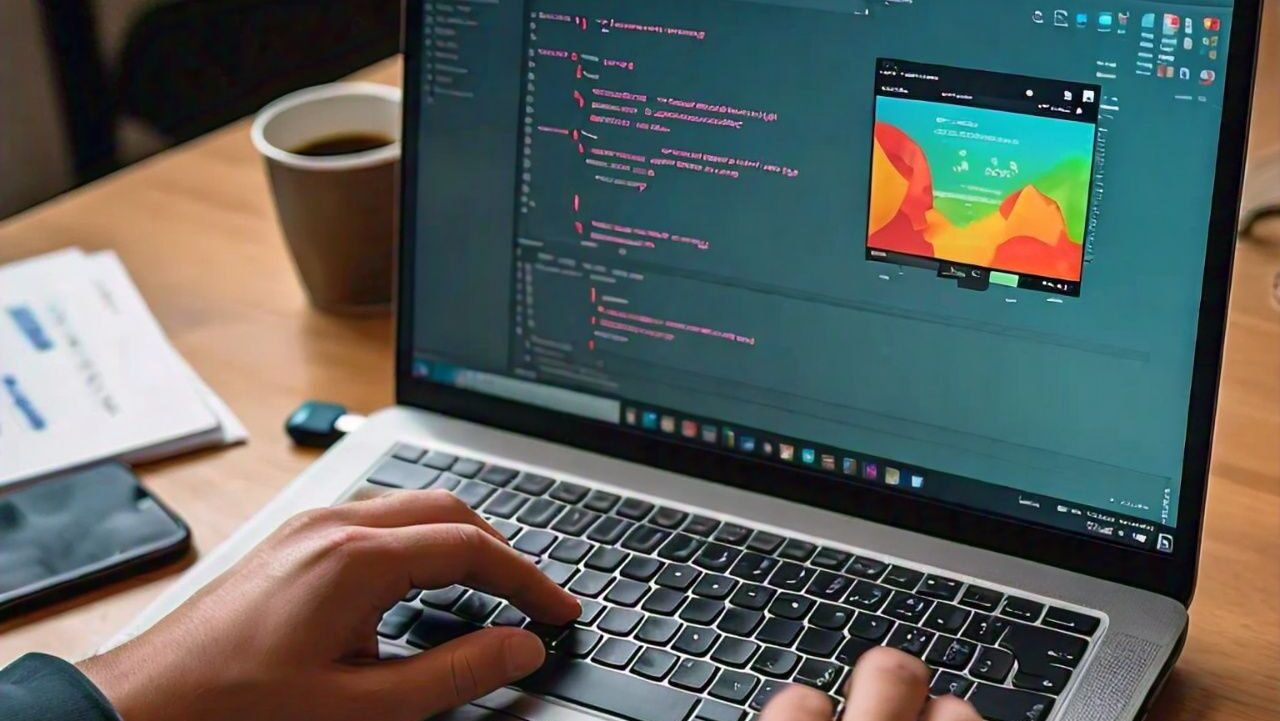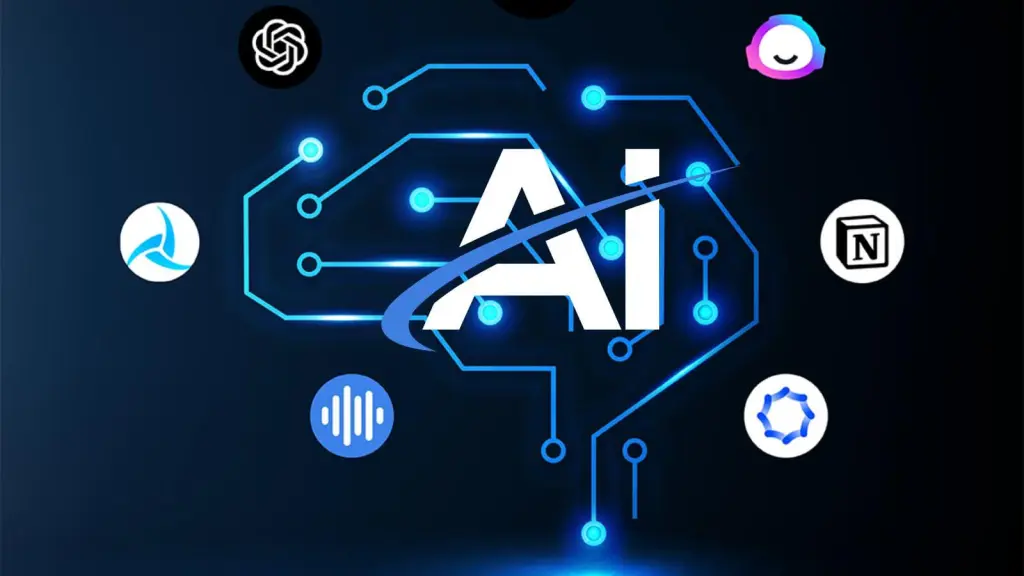Introduction
Flutter, an open-source mobile app development framework created by Google, allows developers to build natively compiled applications for mobile, web, and desktop from a single codebase. With its growing popularity, Flutter has become the go-to choice for developers looking to create fast, scalable, and visually appealing apps.
In this blog post, we’ll walk you through the process of building a Flutter app, covering the basics, setup, design, and deployment.
Prerequisites
- Familiarity with programming concepts (Java, C++, or JavaScript)
- Basic knowledge of Dart programming language
- Flutter SDK installed on your machine
- Code editor or IDE (Android Studio, Visual Studio Code, or IntelliJ IDEA)
- Emulator or physical device for testing
Step 1: Setting Up Flutter
- Download and install the Flutter SDK from the official Flutter website.
- Set up your code editor or IDE with the Flutter plugin.
- Verify Flutter installation by running
flutter doctorin your terminal.
Step 2: Creating a New Flutter Project
- Open your code editor or IDE and create a new Flutter project using the command
flutter create project_name. - Choose the project template (e.g., Flutter Application).
- Configure project settings, such as package name and orientation.
Step 3: Designing Your App
- Plan your app’s layout, navigation, and user interface.
- Create wireframes and mockups using tools like Sketch, Figma, or Adobe XD.
- Design your app’s visual identity, including colors, typography, and logo.
Step 4: Building Your App
Writing Dart Code
- Create a new Dart file for your app’s main screen.
- Import necessary Flutter widgets and packages.
- Build your app’s UI using Flutter’s widget-based architecture.
Example:
import 'package:flutter/material.dart';
class MyApp extends StatelessWidget {
@override
Widget build(BuildContext context) {
return MaterialApp(
title: 'My App',
home: Scaffold(
appBar: AppBar(
title: Text('My App'),
),
body: Center(
child: Text('Hello, World!'),
),
),
);
}
}Adding Features and Functionality
- Implement user input handling (e.g., buttons, forms).
- Integrate APIs or databases for data storage and retrieval.
- Add navigation and routing between screens.
Step 5: Testing and Debugging
- Run your app on an emulator or physical device.
- Use Flutter’s built-in debugging tools (e.g.,
flutter debug). - Test for performance, usability, and compatibility issues.
Step 6: Deploying Your App
- Prepare your app for release (e.g., create keystore, optimize graphics).
- Publish your app on the App Store (iOS) or Google Play Store (Android).
- Monitor app performance and analytics.
Conclusion
Building a Flutter app requires careful planning, design, and development. By following these steps, you’ll be well on your way to creating a fast, scalable, and visually appealing app. Remember to stay up-to-date with Flutter’s latest features and best practices.
Additional Resources
- Flutter official documentation
- Flutter tutorials on YouTube
- Flutter community forums
Get Started with Nasbix Technologies
At Nasbix Technologies, our expert Flutter developers can help you build custom, high-performance apps. Contact us to discuss your project requirements.




